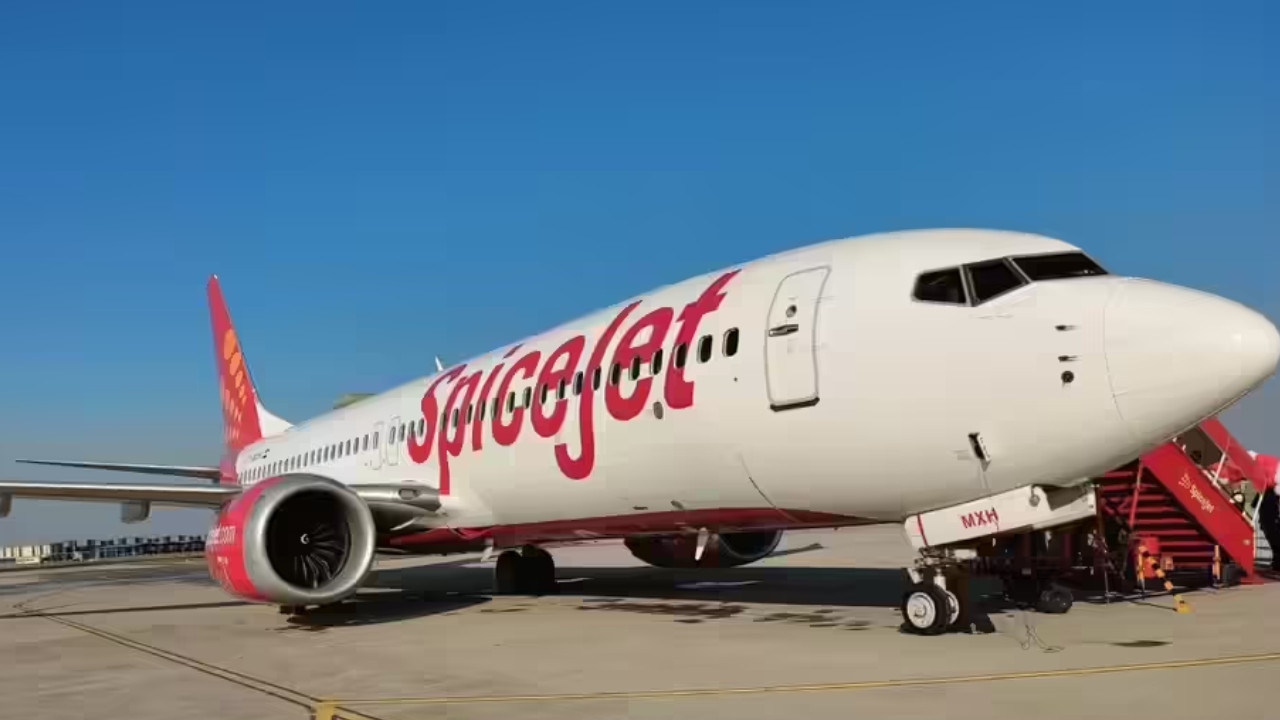Taking Flight: SpiceJet’s Bold Expansion Strategy
The Indian aviation landscape is about to get a whole lot busier. SpiceJet, known for its vibrant livery and competitive fares, is gearing up for a significant expansion this winter, aiming to almost double its fleet size. But instead of buying new planes outright, they’re strategically turning to leasing to fuel this ambitious growth. It’s a move that signals both confidence in the market and a savvy approach to managing finances in a demanding industry.
So, what’s driving this sudden surge? And why leasing? Let’s dive into the details.
Capitalizing on a Growing Market
India’s aviation sector has been on a steady upward trajectory. Increased disposable incomes, a growing middle class, and improved airport infrastructure are all contributing to a surge in air travel demand. SpiceJet clearly intends to capitalize on this burgeoning market. By expanding its fleet, the airline aims to offer more routes, increase flight frequencies, and cater to the evolving needs of Indian travelers. This move comes at a crucial time, allowing SpiceJet to grab significant market share as the sector continues to boom.
Why Leasing Makes Sense for Fleet Expansion
Leasing aircraft, rather than purchasing them, offers several key advantages, especially in the current economic climate. One of the biggest benefits is reduced upfront capital expenditure. Buying planes requires significant financial outlay, which can strain a company’s resources. Leasing, on the other hand, allows airlines to access aircraft without tying up huge sums of money. This frees up capital for other crucial areas like route development, marketing, and customer service improvements.
Another significant advantage is flexibility. The aviation industry is notoriously volatile, with fluctuating fuel prices, changing passenger demands, and unforeseen global events impacting profitability. Leasing allows airlines to adjust their fleet size more easily to match market conditions. If demand dips, leased aircraft can be returned at the end of the lease term, minimizing losses. Similarly, if new opportunities arise, additional aircraft can be quickly acquired through lease agreements. This adaptability is a crucial asset in a dynamic environment.

Furthermore, leasing agreements often include maintenance packages, which can significantly reduce operational costs. The leasing company handles major maintenance checks and repairs, freeing up the airline’s resources and allowing them to focus on their core business of flying passengers safely and efficiently.
SpiceJet’s decision to prioritize leasing for its fleet expansion demonstrates a practical and forward-thinking approach. It allows them to grow rapidly, manage risk effectively, and maintain financial stability in a competitive industry.
What This Means for Passengers
What does all this mean for you, the traveler? More flights, potentially lower fares, and increased connectivity. As SpiceJet expands its network, we can expect to see more routes connecting smaller cities and towns, making air travel more accessible to a wider range of people. Increased competition among airlines could also lead to more attractive pricing, benefiting budget-conscious travelers. Moreover, a larger, more modern fleet should translate to a better overall flying experience for passengers.
This expansion could also contribute to job creation within the aviation sector, from pilots and cabin crew to ground staff and maintenance engineers. The ripple effect of a thriving airline industry extends far beyond just the airline itself.
Navigating Turbulence: Challenges Ahead
Of course, expansion is not without its challenges. Integrating a large number of new aircraft into the existing fleet requires careful planning and execution. SpiceJet will need to ensure adequate training for pilots and crew, maintain high safety standards, and manage logistical complexities effectively. Fuel prices, regulatory hurdles, and increased competition from other airlines also pose potential challenges.
See how cabin crew are ensuring a safe flight for passengers.
Ultimately, SpiceJet’s ambitious fleet expansion plan represents a significant investment in the future of Indian aviation. By leveraging the flexibility and cost-effectiveness of leasing, they are positioning themselves for sustained growth in a dynamic and competitive market. While challenges lie ahead, the potential rewards – increased connectivity, more affordable fares, and a thriving aviation ecosystem – are substantial. Whether they can successfully navigate these challenges remains to be seen, but one thing is clear: SpiceJet is betting big on the future of Indian air travel, and passengers stand to benefit.







